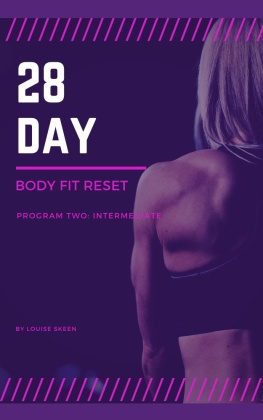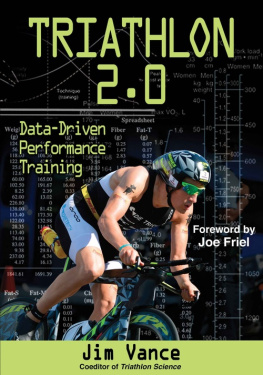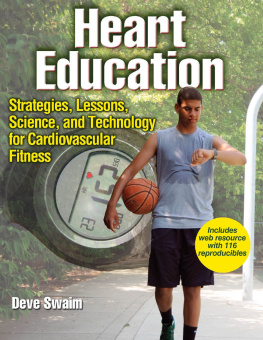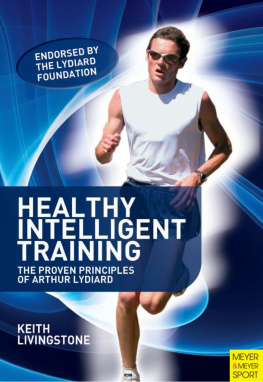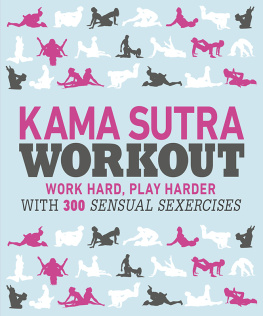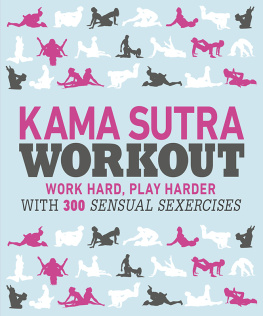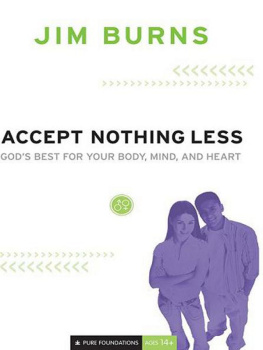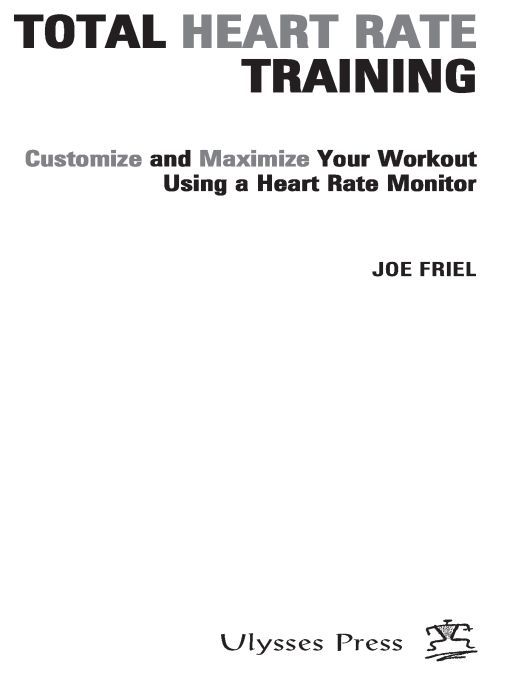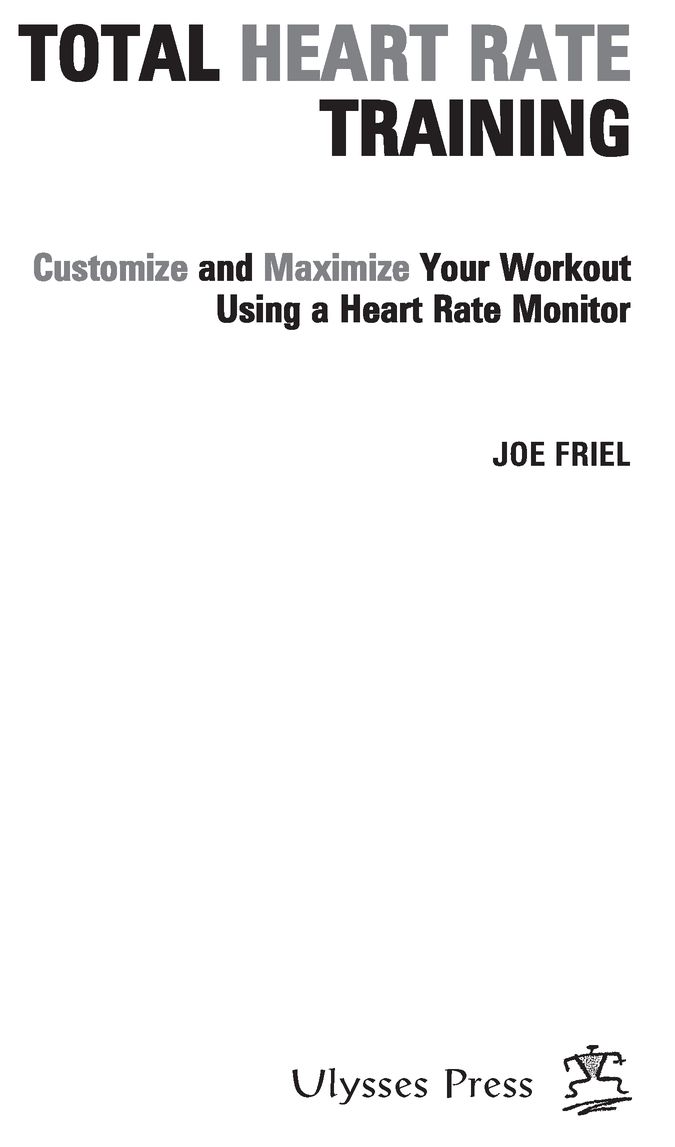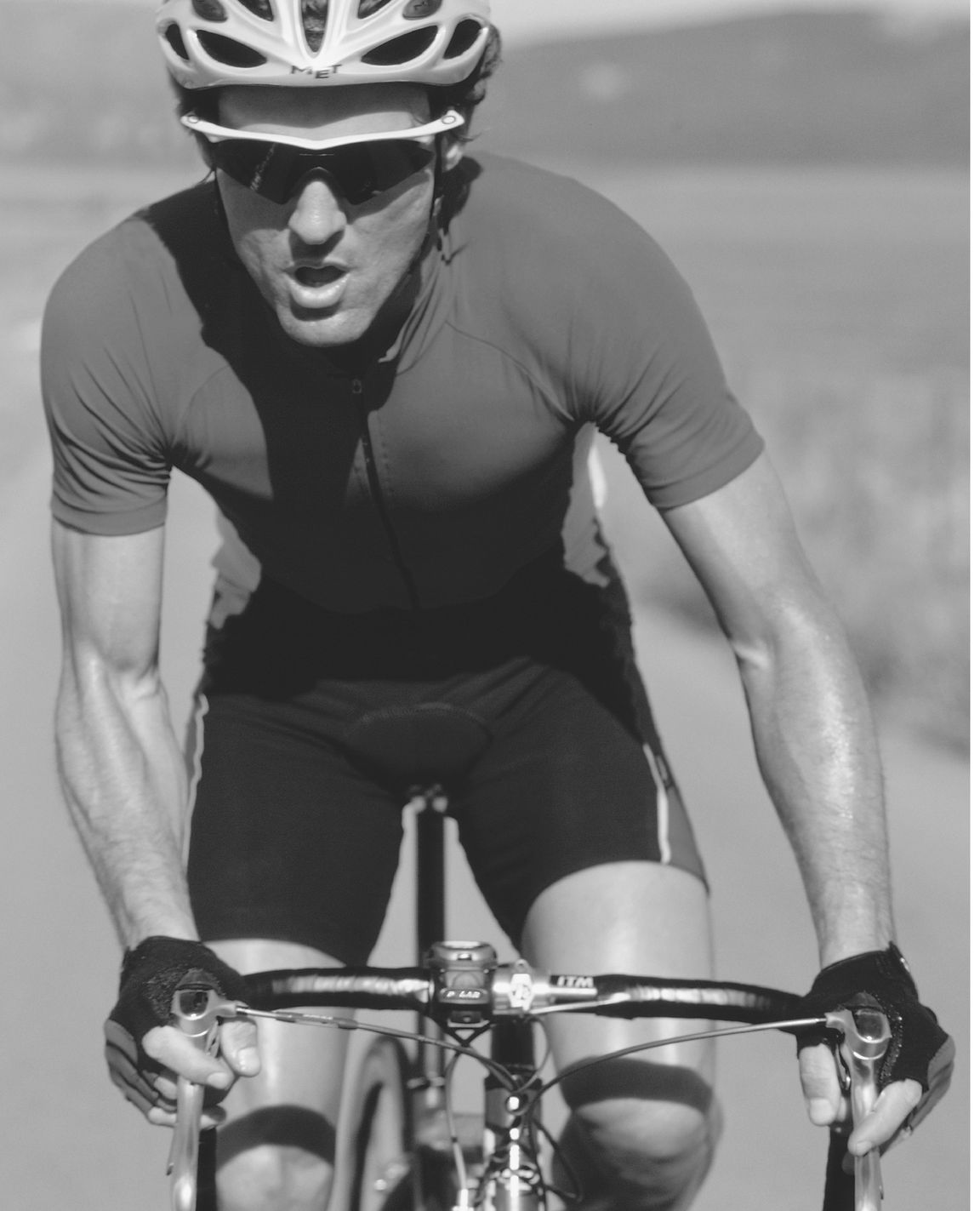Table of Contents
PREFACE
That you are reading this book says a lot about you. You are an athlete with a desire to perform at a higher level. You undoubtedly already own a heart rate monitor and may have been using it for some timeperhaps even years. You strap it on ever y day as you head out the door for your workout. Youve been using it for so long that it would feel strange not to have it on. But you still sense a bit of mystery surrounding its use. So your desire to race faster and your inquisitiveness have led you to this book.
Purchasing and reading a book is a commitment of both money and time on your part that I take very seriously. I want this book to be worth your investment. You should come away from it with answers to many heart rate training questions, including some you may not even be aware of yet. You probably have some basic questions right now about this book. Lets answer them.
First of all, why is this book called TOTAL Heart Rate Training? Why not just call it Heart Rate Training? The reason is that I wrote this book to venture well beyond what other authors have already said so well when describing the basics of training by heart rate. Total Heart Rate Training will teach you how to integrate heart rate and other methods of measuring intensity into a periodized training plan based on your unique needs. It contains a thorough and complete description of the training process, written from a heart rate perspective.
Can this book help you? Will you be faster? Will you endure long races, better than ever? The answer, as with all such questions, begins with it depends. For starters, it depends on how dedicated you are to closely following the program that will be laid out for you in Chapter 9. It depends on whether you will even take the time to create such a personalized program. Can this book help you? I have no doubt that it can.
Ive been coaching endurance athletes for a wide variety of sports since 1980, using the principles described on the following pages. Ive worked with hundreds of athletes, both men and women, with a wide range of ages and abilities. Their sports have been running, swimming, road cycling, mountain biking, triathlon, duathlon, rowing, and endurance horse racing. The Total Heart Rate Training program has worked for all of them.
The athletes Ive coached using what is described here have included a World Champion, an Olympian, several world-class performers, national champions, top regional competitors, age-group winners, first-time finishers, and those who have dramatically improved their performances. These people were all dedicated to the program.
Dont get me wrong, there have been a few who did not improve, who believed they could modify the program and perform better that way. These athletes seldom performed to expectations. But those who followed the program performed remarkably well. You cannot make sweeping changes to this program and expect it to work better for you. It has too many interconnected parts. It would be like trying to change the inner workings of a watch to make it run better. You might get away with it for a while, but eventually the changes will catch up with you and performance will decline.
Can using a heart rate monitor help you perform better? Anyone participating in aerobic sports, from novice to expert, can benefit from paying attention to heart rate during exercise. Heart rate serves as a window into the body, telling you what your physical and mental systems are experiencing based on all the factors affecting themexercise intensity, diet, temperature and humidity, altitude, fatigue, and more. Wearing a heart rate monitor is like having a coach along for the workout, who tells you when to go harder and when to back off. Computer software makes training analysis a snap. And with the advent of other intensity-measuring devices in the last few years, heart rate monitoring is even more effective now than it ever has been for the seasoned veteran. New gizmos such as powermeters and accelerometers enable you to compare your bodys input, as measured by heart rate, with its outputpower or pace. The combination makes for precise training that practically guarantees youll achieve your fitness goals. This book examines all these issues, and more, to guide novices in learning to use a heart rate monitor for the first time, while helping experienced athletes get more benefit from the heart rate monitors they have been using for a long time.
Ive had a lot of experience using a heart rate monitor, both as an athlete and as a coach. It was 1983 when I first saw a wireless heart rate monitor. At the time I owned the first triathlon store in the United States, perhaps in the world. (It was way too early for that sport to support such a business, but thats another story.) We sold swim, bike, and run gear not only to triathletes but also to swimmers, cyclists, and runners. The stores employees were all serious athletes, and some were also grad students at Colorado State University in Fort Collins. The store, called Foot of the Rockies, was right next to the campus.
We were always on the lookout for anything that could help make us better athletes, and we frequently argued the relative merits of training in particular ways. Heart rate was an underlying theme of many of our discussions. It seemed to be such an obvious thingcount your pulse, and use that as a precise and perhaps perfect way of judging how hard we were training. Getting an accurate number, though, was always the problem. By the time we stopped swimming, biking, or running and found our pulse at the throat, it had already begun to drop. While we counted, it dropped even lower. It just wasnt very precise.
Then one day a sales representative came into the store with a heart rate monitor. It was a Polar Sport Tester PE-2000. I still have it. By todays standards it was a clunker, but at the time it seemed like a technological marvel. Here was a device you could wear during a workout or race and it would display your heart rate while you were exercising! It was space-age stuff.
I bought several for the store and one for myself. At first I had no idea what the numbers meant. Was 160 good or bad? Why was heart rate on the bike lower than when running, even though both seemed hard? I had a lot more questions than answers. I recall wearing it all day just to watch my heart rate, and liked to show it off to other athletes. Id brush my teeth with it on to see what happened. As I walked up stairs Id look to see how fast heart rate rose and how quickly it came down when I reached the top. While watching TV Id reach over and touch my wife to see what my heart did (she didnt like that, but my heart obviously did!).
There were many lessons, and the learning curve was steep for a long time. It took years to figure it out, but by 1987 I had a pretty good idea of what heart rate was telling me. It would be several more years before I knew what it meant relative to pace and power. These lessons, however, were the most important. All the lessons I learned are explained on the following pages.








